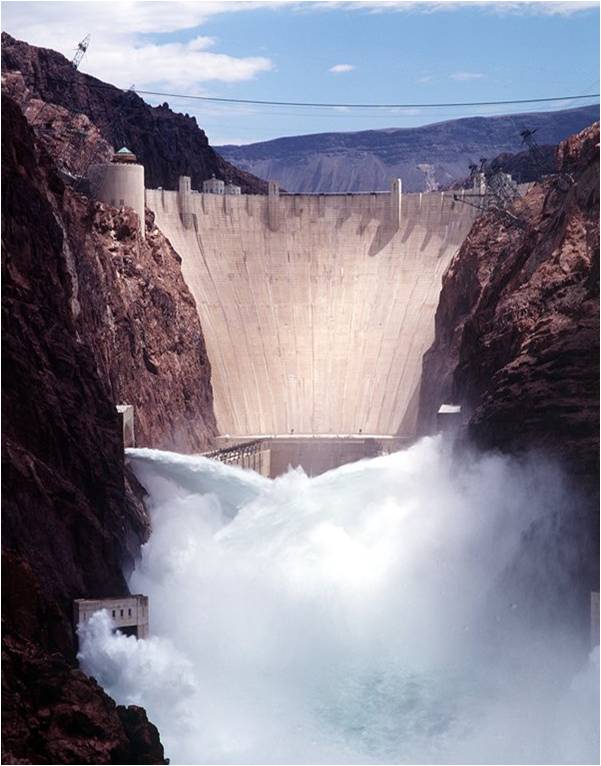|
Full Orchestra
String Orchestra
Wind Ensemble
Vocal
Chamber
Solo Instrumental
|
 Atlantic Coast Conference Band Directors Association James E. Croft Grant for Young and Emerging Wind Band Composers 2020 Award Recipient
Atlantic Coast Conference Band Directors Association James E. Croft Grant for Young and Emerging Wind Band Composers 2020 Award Recipient
Hydrostatics refers to the branch of mechanics that is concerned with the hydrostatic properties of liquids – that is, the study of how liquids at rest react to changes in pressure. Water is so necessary for life as we know it, but also amazingly versatile with its many physical states and properties that occur within a relatively small temperature range that we experience in its entirety on earth on a regular basis. It seems to be extremely flexible when it is flowing, but as soon as it is contained and at rest, its incompressible nature transmits immense power when pressure is applied to it. Application of hydrostatics gives us hydraulic presses and lifts, as well as aqueducts, water turbines, and hydroelectric dams. Hydraulics channel the power of water to move extremely heavy objects with ease. Hydroelectric dams are some of the most impressive manmade structures on the planet, holding back giant volumes of water and creating artificial lakes in order to control the flow of water to create renewable energy.
The music opens with a violent explosion of tension between the instruments of the ensemble. Slow, straining glissandos in the brass bend one pitch into another to create thick and clashing harmonies. Eventually, this texture yields a quick and more rhythmically oriented music. Underpinned with a constant flow of repeated notes, aggressive gestures made of similarly dense harmonies as heard in the first section sporadically rise and fall, with pointed and uneasy percussive interjections. At a clearing in the texture, a solo horn states the piece’s first melody, bringing together a series of gestural fragments from earlier in the music into a declamatory statement. As the pressure builds, a persistent high trumpet note emerges and is accompanied by a series of cataclysmic outbursts that represent the strength of water’s immutability.
The central section of Hydrostatics is a slow rhapsodic section, featuring an extended solo for the clarinet amidst rapidly fluttering but unmoving textures that emerge from different instrument groups. The slow-moving brass glissandos return in this new environment to create imposing waves of sound. The music closes with a reprise of the quick rhythmic and temperamental texture and a final restatement of the persistent high trumpets and cataclysmic outbursts from the whole ensemble. While the ending may sound a bit triumphant, there is still much unresolved tension. Humanity has done much to harness the strength of water for its benefit, but in today’s changing climate, we continue to see many examples of how water still controls us. Floods have become more frequent and devastating, hurricanes and thunderstorms more powerful. Water has the power to give us life as well as take it away.
Duration: ca. 11'
Wind Ensemble Instrumentation:
- Piccolo, 2 Flutes, 2 Oboes, 2 Bassoons, Contrabassoon
- 3 Clarinets in Bb, Bass Clarinet in Bb, Contrabass Clarinet in Bb
- 2 Alto Saxophones in Eb, Tenor Saxophone in Bb, Baritone Saxophone in Eb
- 3 Bb Trumpets, 4 Horns in F, 3 Trombones (3rd is Bass), Euphonium, Tuba
- Timpani, 3 Percussion
- Piano, Double Bass
Percussion required: Crotales, Xylophone, Vibraphone, Marimba, Snare Drum, Medium Chinese Cymbal, Large Suspended Cymbal, Temple Blocks, Whip, Tam-tam, Bass Drum
|

